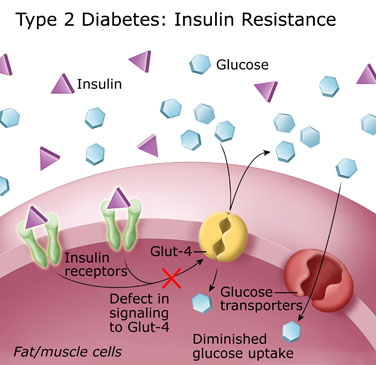What Releases Insulin?

What releases insulin? The hormone is produced by the pancreas and is a necessary component of life. It helps the body store and use sugar for energy. The release of insulin is tightly regulated. It allows the body to balance its metabolic needs. The insulin that is produced is needed to help the body digest and store food. The production of insulin is tightly regulated. The insulin in the blood helps the liver burn fat to produce ketone bodies and auxiliary fuels.
The monomer of insulin is made up of two chains, one "A" chain and one "B" chain. The A chain contains three disulfide linkages, two between the A and B chains and one within the A chain. The B chain has two a-helices and is interconnected by residues A9 and A12. The side-to-side conformation of the A chain makes it an effective glucose transporter.
Sodium is an important source of glucose. When the levels of sodium and potassium in the blood are high, the blood becomes too acidic, causing the pancreas to stop producing insulin. The blood is then pumped to the tissues. The process of digestion is triggered by the release of insulin. When the levels of sodium and potassium in a cell drop, the body’s insulin secretion is inhibited. The cells begin to store fat as reserves.
In humans, the molecule is an insulin monomer consisting of an a-chain that consists of 21 amino acids and a B chain that contains thirty amino acids. The structure of the monomer is highly organized, with two disulfide bonds joining the A chain to the B chain. The A chain is composed of two antiparallel a-helices, which form the secondary structure. Both chains are able to interact with each other because of their side-to-side conformation.
The insulin monomer is made up of an A chain that is 21 amino acids long and a b-chain that is 30 amino acids long. The A and B chains are joined by disulfide bonds. There is a hydrophobic core that surrounds both chains and nonpolar amino acids that bury them when the monomers form dimers. This interaction between the two chains promotes glucose uptake. The A-chain also triggers the release of glucose.
The insulin monomer consists of two amino acids: the A chain and the B chain. Both chains have three disulfide bonds between them and the B chain. In addition, the A-chain has two α-helices. These chains are linked by residues A9 and A12. The A-chain and B-chain are connected by a-helices. They are both located side by side and are not part of the body.
In addition to the release of insulin, glucose secretion is inhibited by the action of somatostatin, the hormone responsible for the fight-or-flight response. Somatostatin also inhibits insulin release. The sympathetic nervous system releases somatostatin
when sugar levels rise. Blood glucose levels increase after eating. It is important to remember that this process does not happen instantly. The body takes time to respond to a stressor.
Glucose is stored in intracellular secretory vesicles. It is secreted by the pancreas in response to various stimuli. An increase in blood glucose concentration causes the release of insulin. These can be either polymers of simple sugars. In addition to increasing blood glucose levels, the release of insulin can cause other metabolic reactions. This means that the amount of the hormone in the body is constantly changing.
Insulin, produced by the pancreas, is critical to the body’s metabolism. It provides energy to the body’s cells. As blood glucose levels rise and fall, the amount of insulin produced also increases. In a healthy body, it is important to understand the function of insulin. It is also important to know how the hormone is produced and what it does in the body. It is an essential hormone for your overall health. There are many factors that influence the production of insulin by the pancreas. In order to control your blood sugar levels, you can use a proven drug https://porticoonline.mx/co/diatron.
The insulin gene encodes a protein of two chains: chain A contains 21 amino acids, and chain B contains thirty. The beta cell breaks down proinsulin in two places to produce insulin. The amino-terminal basic region is required for insulin clearance. Once the beta cells release insulin, the pancreas is activated. This signaling process leads to insulin secretion. The enzyme binds glucose to cells.